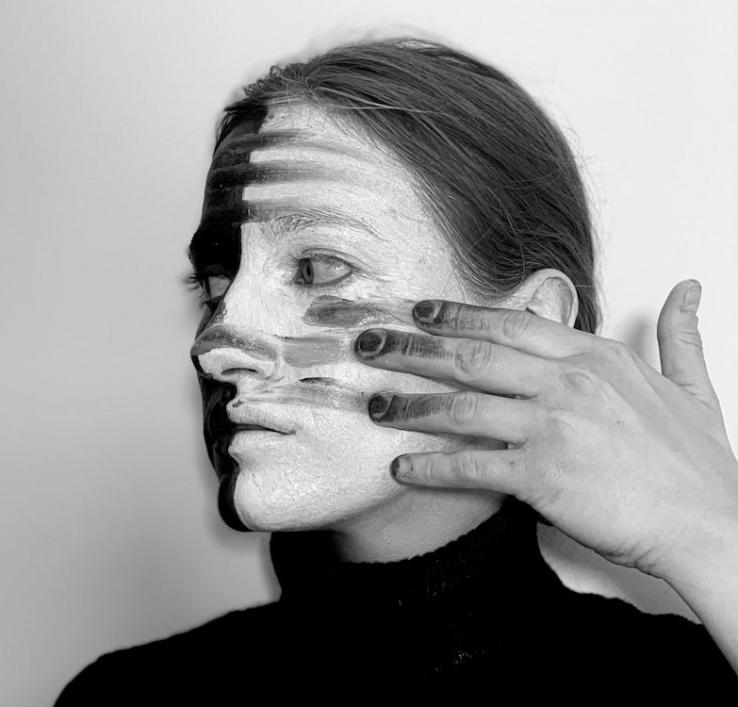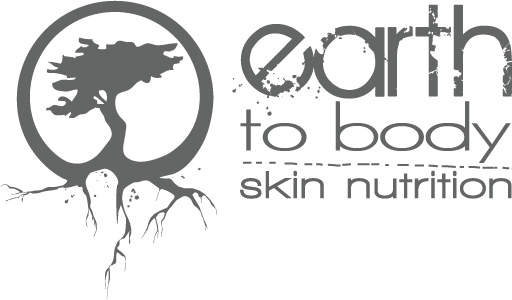
Would you be surprised to learn that ‘the average woman uses around 515 chemical products on her skin each day’? According to the Australian Academy of Science. The men are not far behind.
This makes sense if one understands that, in a fragrance, for example, over 300 chemicals are involved in the various combinations formulated. And that we load our body with skin care.
Woman’s cosmetics may include gel, eye shadow, lipstick, foundation, deodorant, moisturizers (creams, lotions, butters, serums, nail polish, shampoo, perfume, sunscreen, blush, mascara, toner, shave cream, powder, bodywash, eye liner, cleanser, hairspray.
Men’s cosmetics may include aftershave, gel, deodorant, moisturizer, shampoo, sunscreen, shave cream, lip balms, bodywash, cleansers, cologne.
How do the numbers add up so high? A bodywash can contain over 15 chemicals, shampoo 32, eye liner 18, deodorant 16, moisturizer 40, perfume 50 and the list goes on. Since we use so many products in a day, we can literally bathe in a chemical bath.
In the USA alone, there are over 12,500 unique chemical products approved for use in cosmetics. Cosmetics generally contain combinations of the following: water, emulsifiers, preservatives, thickeners, emollients, colouring agents/pigments, glimmer and shine, and fragrances.
The article questions 'if cosmetics are dangerous?' They refer to the current ‘media buzz’ questioning the potentially dangerous’ concerns of these ingredients, all of which we have written about on our website.
Parabens
Aluminum
Triclosan
Formaldehyde
Phthalates
Lead (in Lipstick)
Sunscreens
In each case the scientists review the concerns and go on to defend the usage. They claim it is highly regulated and all are deemed safe. They concur that it is up to the consumer to decide.
Just because a product is permitted for sale, does not necessarily make it an OK product. Take the latest Adult Only Weed Edible ‘candy’ on the market. The current ‘media buzz’ surrounding the sale of weed edibles, sold legally in many provinces in Canada (but illegal in Quebec), THC or CBD ‘weed ‘candy’ edibles are ‘accidentally’ being consumed by children. Why is it allowed to look like candy in the first place? Children have become very ill. Some have died.
Can the sale of candy weed edibles be compared to certain cosmetics? Maybe it is a stretch, but the cosmetics also LOOK safe and appealing. They feel good.
But one difference can lie in that most side effects are not immediate. One may suffer a slight reaction like itching or redness but probably not enough to be hospitalized. We won’t die, at least not not right away. An ensuing ‘illness’ from the cosmetic will not be linked back to that cosmetic. I have not heard of an illness or death linked to one’s hair shampoo or facial cream. It is obvious that weed edibles that look like candy should not be allowed on the market. Yet, if a particular cosmetic is dangerous, should it be sold to us?
If more thorough studies were done on questionable cosmetic ingredients, taking into consideration the amounts of multiple products going onto the skin daily, maybe, just maybe the sum of them would then be deemed NOT SO SAFE. But who will spend the time and money doing such a study? it is a complex issue and not on everyone’s agenda. So, it is left up to us.
Decisions can be challenging. Come by the shop. Check out our products. You might find Steph or Adam in the kitchen making a cream, a soap, a toner. We think you will like what you see and what you read in the ingredient listing. And if you buy, your skin will have a gentle kiss with nature. But let's not call it candy.
- Connectez-vous ou inscrivez-vous pour publier un commentaire


Commentaires